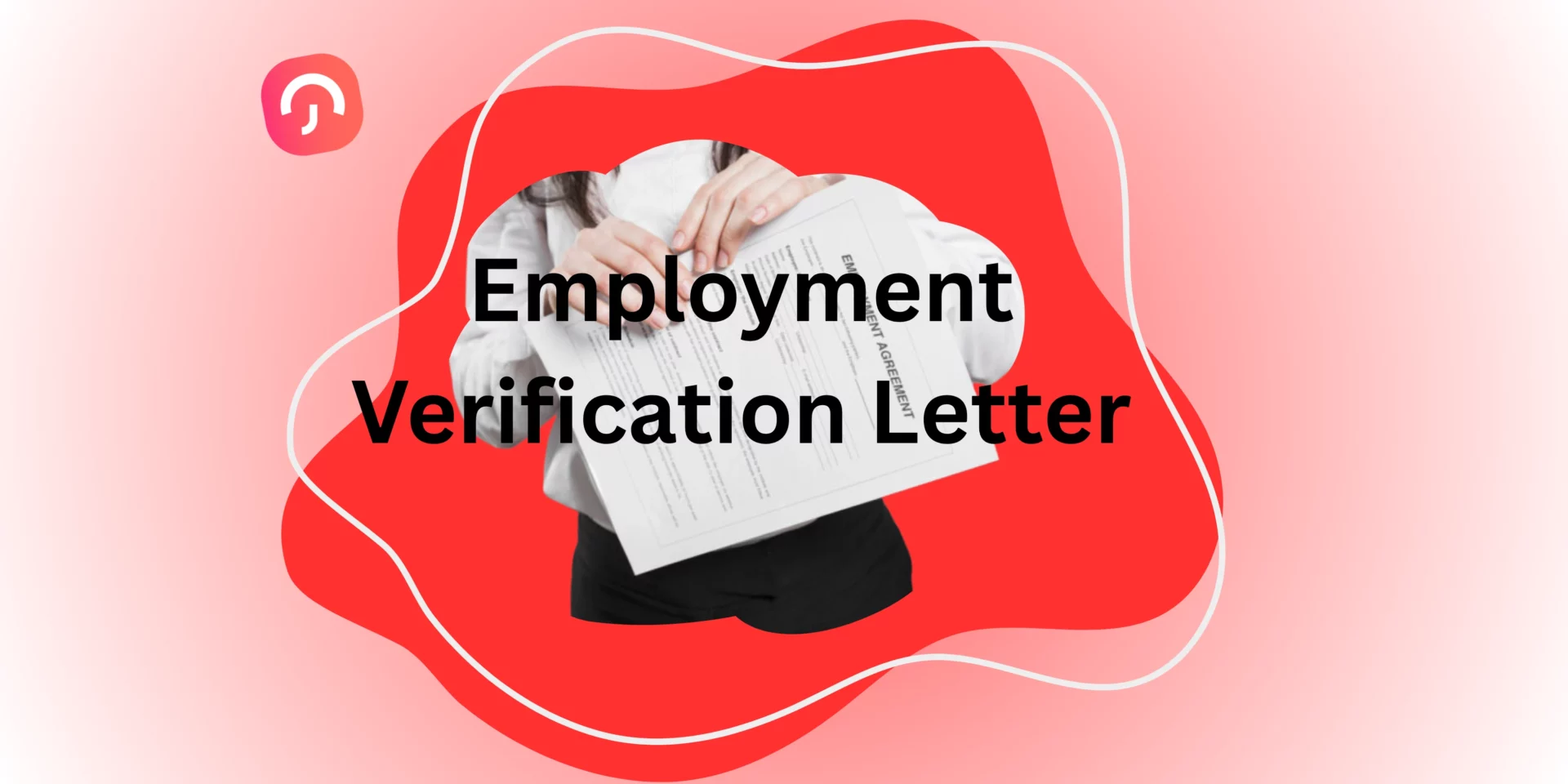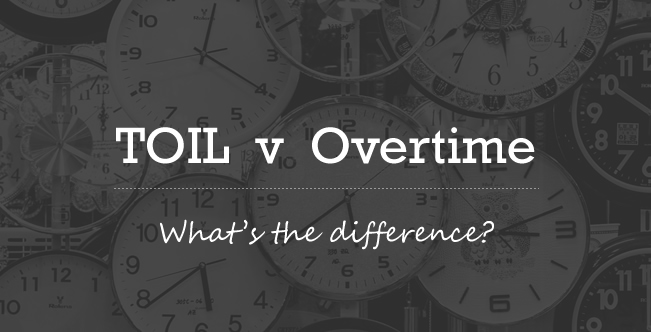In California, employment laws are among the most comprehensive in the United States, designed to protect workers, promote fairness, and ensure safe, supportive workplaces. From minimum wage and overtime to leave entitlements, discrimination protections, safety standards, and wage-theft enforcement, California’s labor landscape touches nearly every aspect of employment. Whether you’re an HR professional managing compliance, or an employee curious about your rights, this guide offers up-to-date insight into how California labor laws apply in 2026.
Wages and Overtime
Minimum Wage
As of 2026, California’s statewide minimum wage is $15.50 per hour for all employers regardless of size. Local jurisdictions (cities and counties) may set higher minimum‐wage rates, employers must check local ordinances in addition to the state rate. It’s critical to ensure both hourly wage and tipped wage structures meet or exceed the required threshold, and to adjust these rates annually or as required by local regulation.
Overtime Pay
California’s overtime laws are more employee-friendly than many states. Non-exempt employees must receive 1½ times their regular rate of pay for hours worked over 8 in a workday or over 40 in a workweek. Additionally, they must receive double time (2×) for hours worked over 12 in a single day, or for hours worked over 8 on the seventh consecutive day in a workweek. Employers must carefully monitor daily and weekly hours, pay rates (including shift differentials), and accurately classify workers to avoid liability.
Meal and Rest Breaks
Rest Breaks
Under California law, employees must receive a paid 10-minute rest period for every four hours worked, or a “major fraction thereof” (meaning if the shift is slightly more than four hours). Rest breaks should ideally be scheduled near the midpoint of the work period, and counted as hours worked for pay purposes.
Meal Breaks
For shifts exceeding five hours, employees are entitled to an unpaid, uninterrupted 30-minute meal break. If the shift exceeds ten hours, a second meal break must be offered (unless the total workday is under twelve hours and the employee voluntarily waives the second break). If the employee cannot take a full uninterrupted break due to work assignments, the “meal period” may become paid time, employers must track such situations and ensure employees are compensated accordingly.
Paid Sick Leave & Time Off
Accrual of Paid Sick Leave
Under California’s Healthy Workplaces, Healthy Families Act, employees accrue at least one hour of paid sick leave for every 30 hours worked. Some employers implement an alternative accrual method provided it meets or exceeds the minimum accrual rate, and employers may cap accrual or usage (for example, 48 hours/per year) if permitted by law and local ordinance.
Usage Requirements
Employees may begin using accrued paid sick leave once they’ve satisfied either their employer’s participation requirement (often after 90 days) or the conditions set by ordinance. Leave may be used for: a physical or mental illness, preventive care, care of a family member, or needs arising from domestic violence or other legally defined personal safety matters. Employers should clearly document accrual and usage policies so employees understand their rights.
Family and Medical Leave
California Family Rights Act (CFRA)
Under CFRA, eligible employees, typically those who have worked for the employer for at least 12 months and logged a minimum number of hours, are entitled to up to 12 weeks of unpaid, job-protected leave for reasons including: birth of a child, adoption, foster care placement, or serious health condition of the employee or covered family member. Employees must be reinstated to their former or comparable position upon return.
Pregnancy Disability Leave (PDL)
Employees disabled by pregnancy, childbirth, or related condition may take up to four months of unpaid PDL. This leave may run concurrently or sequentially with other leave rights depending on circumstance, employers must understand how CFRA, PDL, and federally mandated Family Medical Leave Act (FMLA) intersect.
Paid Family Leave (PFL)
California’s Paid Family Leave program provides partial wage replacement (via state insurance) for up to eight weeks when an employee takes time off to care for a seriously ill family member or to bond with a new child. While not job‐protected by itself, it often layers with CFRA, and employers should understand how leave coordination and job protection rules apply.
Anti-Discrimination and Equal Pay Protections
Fair Employment and Housing Act (FEHA)
California’s FEHA outlines robust protections: discrimination based on race, color, national origin, ancestry, religion, sex, gender identity/expression, sexual orientation, age (40+), marital status, medical condition, disability, genetic information, and more is prohibited. Employers must train employees, investigate complaints promptly, and maintain inclusive policies.
Equal Pay for Equal Work
California’s Equal Pay Act requires that employees performing “substantially similar work” under similar conditions receive equivalent pay, regardless of gender or other protected characteristic. Employers must publish job postings with a salary range, disclose benefits, and keep records that justify any pay difference with permissible factors (seniority, merit, geography, etc.). Transparency is now mandatory.
Workplace Safety and Whistleblower Protections
Cal/OSHA Standards
Under the , employers must maintain safe workplaces, provide training, keep records of work‐related injuries/illnesses, and report serious incidents to the (Cal/OSHA). Especially in high-risk industries (construction, manufacturing, healthcare), employers should proactively audit hazards, supply protective equipment, and document compliance.
Whistleblower Rights
California protects employees who report unsafe conditions, illegal practices, or health/safety violations from retaliation. If an employee engages in protected activity, such as contacting Cal/OSHA or lodging a formal complaint, they cannot be unlawfully terminated, demoted, or harassed. Employers should implement anti-retaliation policies and train supervisors accordingly.
Wage Theft and Payment Protections
Wage Theft Prevention Act
Under this law, employers must provide written notice at hiring specifying the employee’s wage rate, payday schedule, employer contact information, and any allowances (e.g., lodging, meals). Wage theft, nonpayment of earned wages, overtime, or final wages, carries civil penalties and treble damages if willful.
Employee Wage Claims
An employee who believes they’ve been underpaid can file a wage claim with the (DLSE). Investigations may result in back-wage awards, penalties, and interest. Employers must avoid retaliation, employees filing claims are legally protected.
Worker Classification and Pay Practices
Employee vs. Independent Contractor
California uses the famous “ABC test” to determine whether a worker is an employee or independent contractor:
(A) worker is free from control and direction of the hiring entity,
(B) work performed is outside the usual course of the hiring entity’s business, and
(C) worker customarily engages in independently established trade, occupation, or business.
Misclassification can expose employers to penalties, wage obligations, and tax liabilities.
Wage Payment Rules
Employers must pay non‐exempt employees at least twice per month (semi-monthly) unless the employee requests a different schedule. Final wages at separation must be paid immediately if the employee quits without notice, or by the next regular payday if they quit with notice. Deductions from wages are only allowed if required by law, agreed in writing, or for the employee’s benefit (e.g., health premiums), and must not reduce wages below minimum wage.
Recordkeeping Requirements
California law mandates that employers retain payroll records, timesheets, wage rate history, and wage notice records for at least three years (some records longer). Records must be available to the employee, the DLSE, and other authorities upon request. Proper recordkeeping supports audits, compliance reviews, and wage claims.
Remote Work and Multi-State Considerations
As remote work grows, California labor laws may apply to an employee performing work while physically located in California, even if the employer is based elsewhere. Employers must track where work is performed, remain compliant with California wage, leave, and classification laws for workers in the state, and may need parallel policies for employees in other jurisdictions.
Conclusion
Navigating California labor laws in 2026 is more than checking a statutory box, it’s about building a workplace that values fairness, transparency, safety, and employee well-being. Employers who stay proactive, updating wage rates, auditing exempt classification, documenting leave policies, and training managers, reduce legal risk and create more respectful, resilient organizations. For employees in California, knowing your rights, from minimum wage to leave entitlements and protections, offers confidence when advocating for fair treatment.
While this guide gives a robust overview, complex issues, such as misclassification claims, multi‐state compliance, or exiting executives, often require consultation with a qualified labor attorney or the DLSE. With the right tools and mindset, California workplaces can remain compliant, competitive, and committed to equity.






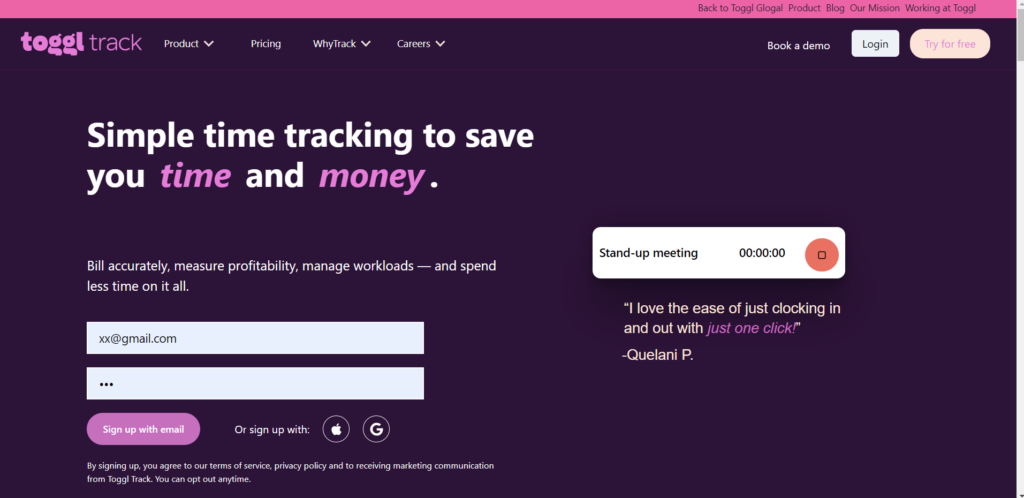
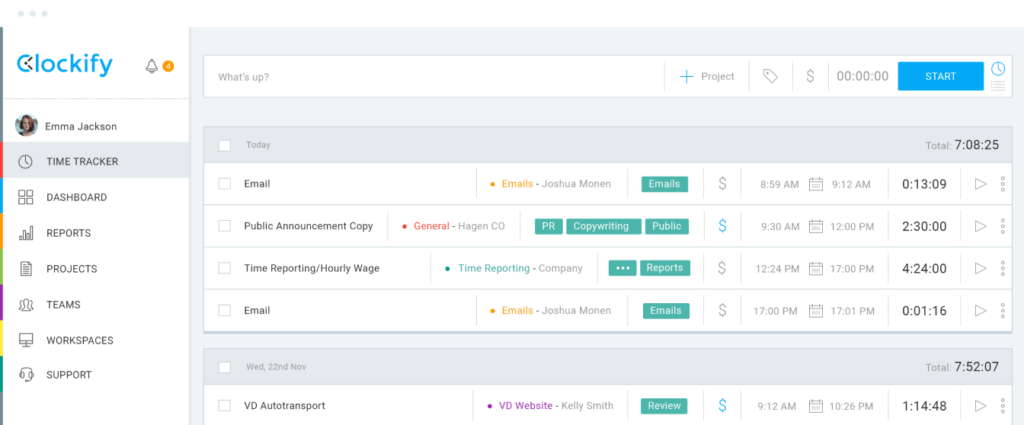
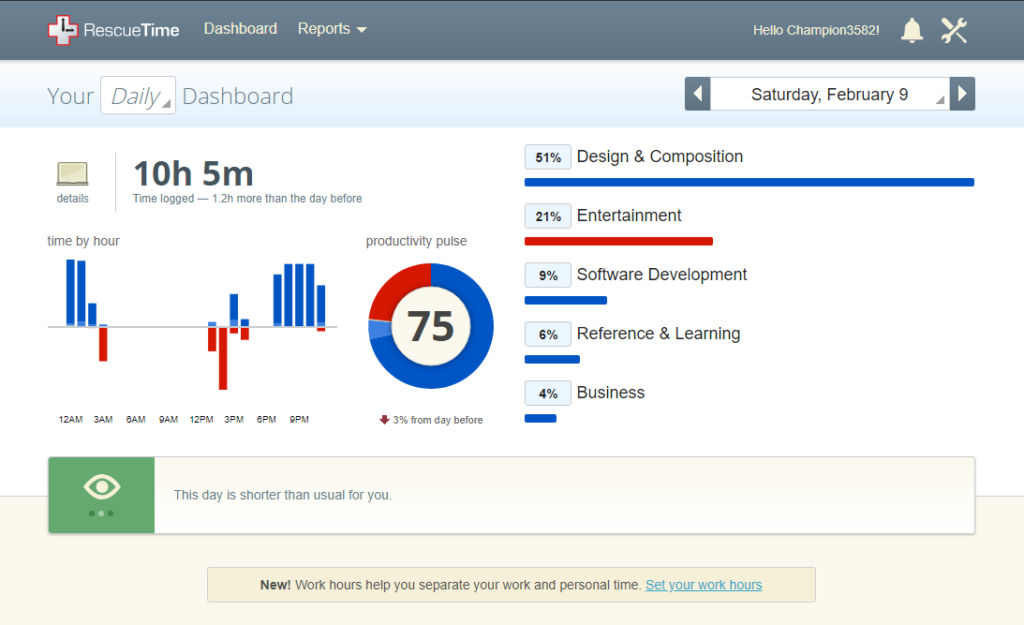

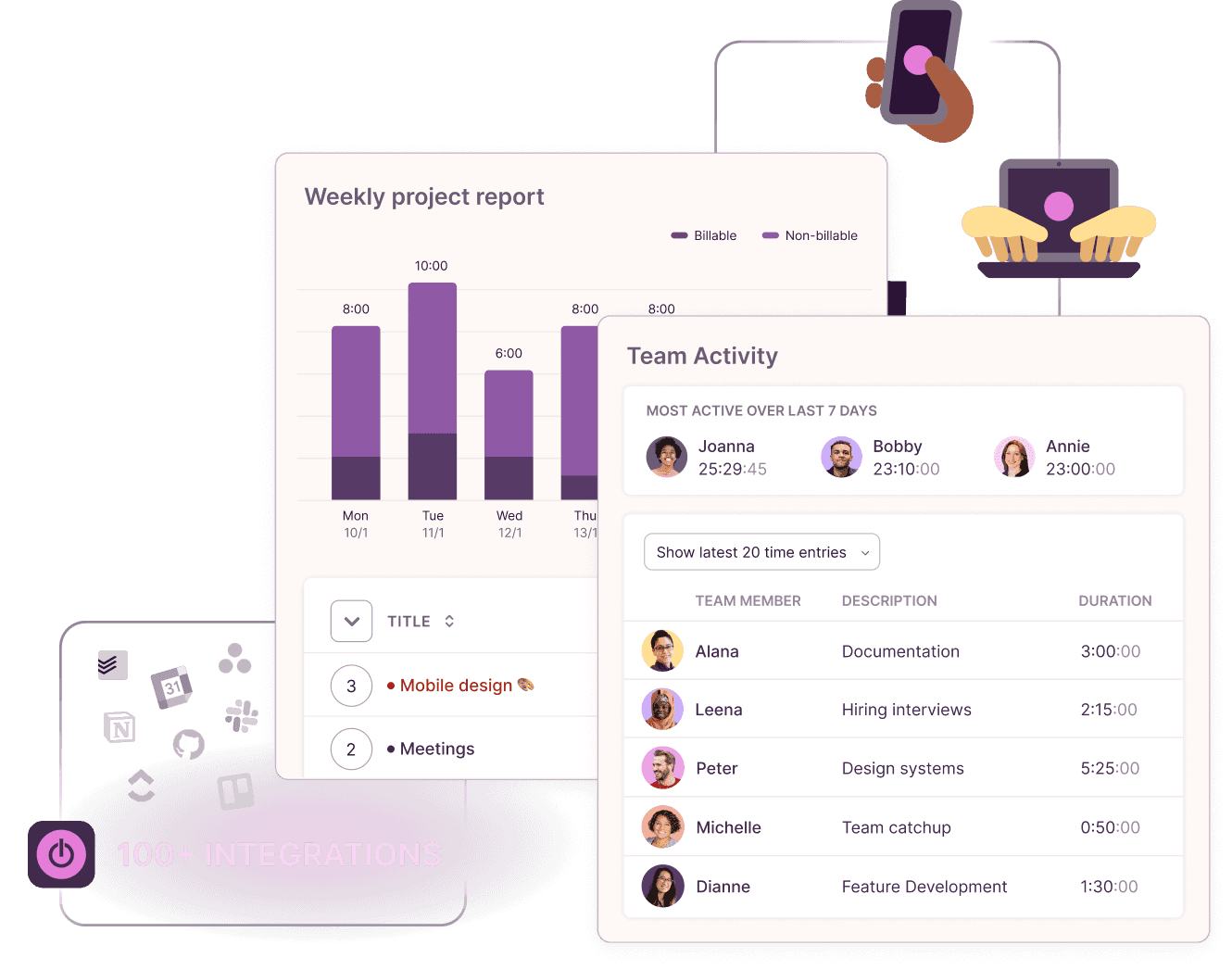

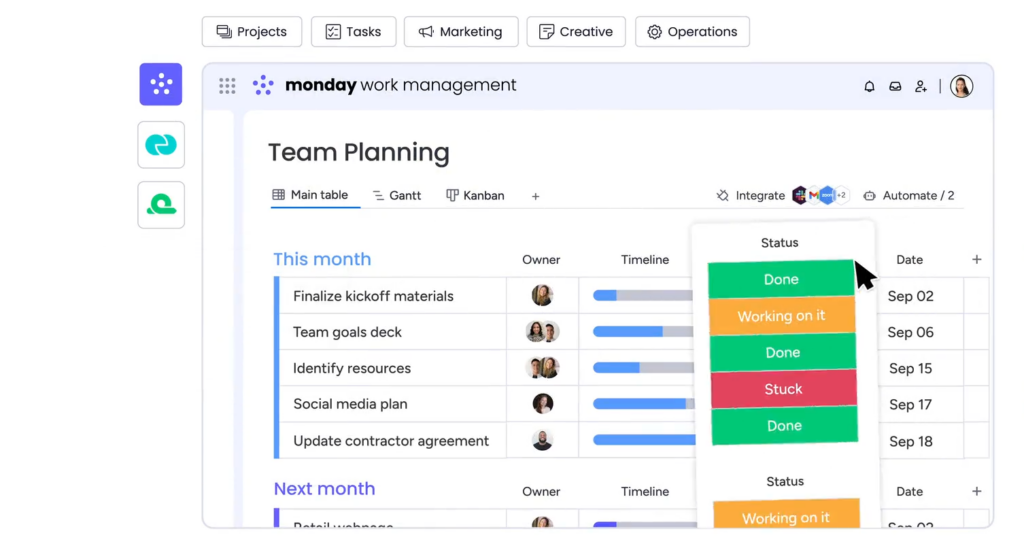
.svg)


